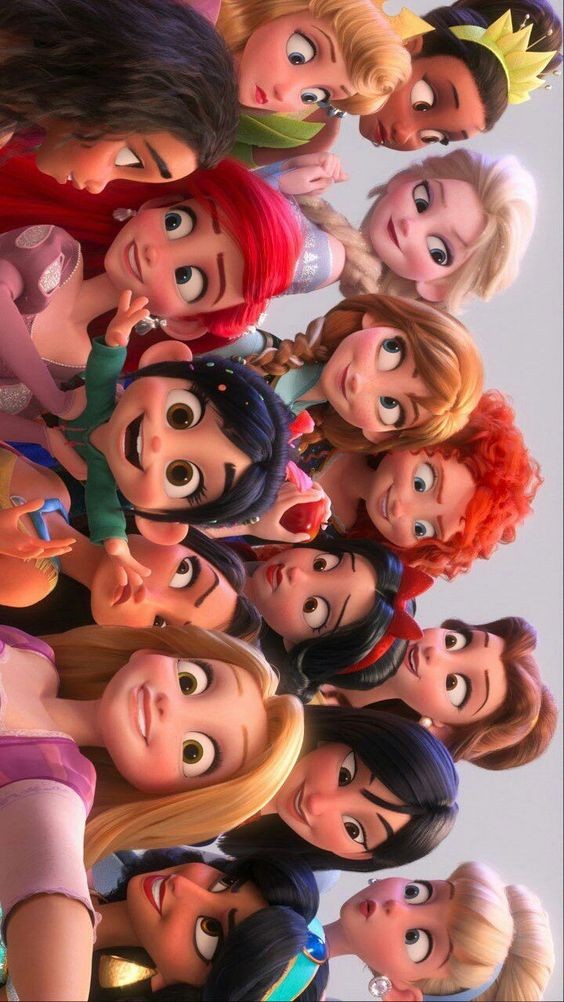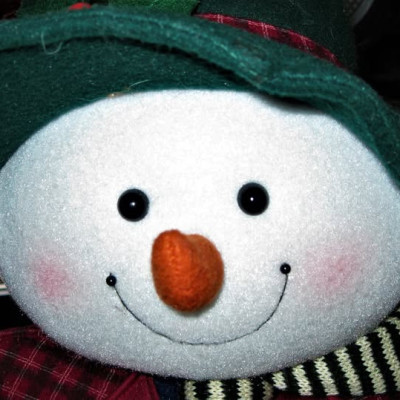Disney Characters: The Magic Behind the Iconic Icons
Disney characters are more than just animated figures—they are cultural icons that have shaped the entertainment landscape for nearly a century. From the early days of Mickey Mouse to the modern marvels of Elsa and Moana, Disney characters have become beloved symbols of creativity, imagination, and storytelling. This article delves into the rich history, evolution, and impact of Disney characters, exploring what makes them so enduring and cherished across generations.
The Origins of Disney Characters
The Birth of Mickey Mouse
The story of Disney characters begins with Mickey Mouse, the brainchild of Walt Disney and Ub Iwerks. Created in 1928, Mickey Mouse made his debut in the short film "Steamboat Willie." This iconic character marked the beginning of Disney’s legacy in animation and set the stage for the creation of numerous beloved characters.
Mickey’s simple design—a cheerful mouse with large, expressive eyes and a red pair of shorts—quickly became a symbol of joy and optimism. His success led to the creation of a vast array of characters, each with their own unique traits and stories.
The Expansion of Disney’s Character Universe
Following Mickey Mouse, Disney expanded its roster of characters to include a wide range of personalities and styles. Characters such as Donald Duck, Goofy, and Pluto became staples in Disney’s animated shorts, each contributing to the charm and humor of Disney’s early films.
The 1930s and 1940s saw the introduction of characters from Disney’s feature-length animated films. Snow White, from "Snow White and the Seven Dwarfs" (1937), was Disney’s first princess and set the stage for many more iconic female leads.
Evolution and Diversity in Disney Characters
Classic Characters
Disney’s early characters were defined by their classic animation style and timeless appeal:
Snow White: The innocent and kind-hearted princess who captured hearts with her beauty and virtue.
Cinderella: The quintessential rags-to-riches story of a young woman whose kindness and resilience lead to a magical transformation.
Belle: From "Beauty and the Beast" (1991), Belle is celebrated for her love of books, bravery, and her ability to see beyond appearances.
Modern Characters
As Disney evolved, so did its characters, reflecting contemporary values and diverse narratives:
Elsa and Anna: From "Frozen" (2013), Elsa and Anna are celebrated for their strong sisterly bond and themes of self-acceptance and empowerment.
Moana: Moana (2016) represents a new era of Disney heroines with her adventurous spirit, cultural heritage, and determination.
Tiana: From "The Princess and the Frog" (2009), Tiana is praised for her work ethic, ambition, and her role as Disney’s first Black princess.
Diverse and Inclusive Representation
Disney has made significant strides in representing diverse cultures and backgrounds in recent years. Characters like Mulan, Pocahontas, and Moana bring different cultural narratives to the forefront, reflecting a more inclusive approach to storytelling.
The Impact of Disney Characters
Cultural Influence
Disney characters have had a profound impact on popular culture:
Merchandise and Theme Parks: Disney characters are central to the company’s extensive range of merchandise and theme parks. Iconic attractions like Cinderella Castle and the Disney Princesses' meet-and-greets allow fans to experience the magic firsthand.
Media and Entertainment: Disney characters are featured in various forms of media, including films, television shows, and streaming platforms. Their stories and adventures continue to captivate audiences of all ages.
Emotional Connection
Disney characters often evoke strong emotional responses:
Nostalgia: Many people have fond memories of growing up with Disney characters, making them an integral part of personal and cultural history.
Inspiration: Characters like Simba, Pocahontas, and Aladdin inspire audiences with their journeys of self-discovery, courage, and perseverance.
Educational and Social Impact
Disney characters often teach valuable lessons:
Moral Lessons: Stories featuring Disney characters frequently include moral lessons about kindness, perseverance, and the importance of being true to oneself.
Role Models: Characters like Mulan, Belle, and Elsa serve as role models, showcasing qualities such as bravery, intelligence, and resilience.
Behind the Scenes: The Creation of Disney Characters
Animation and Design
The creation of Disney characters involves meticulous design and animation:
Character Design: Disney’s character designers work to create visually appealing and expressive characters. This includes designing unique physical traits and outfits that reflect their personalities.
Voice Acting: Voice actors bring Disney characters to life with their performances, adding depth and nuance to the characters’ personalities and emotions.
Animation Techniques: Disney has pioneered various animation techniques, from hand-drawn animation to computer-generated imagery (CGI). These techniques help bring characters to life and enhance their storytelling.
Character Development
Developing a Disney character involves creating a compelling backstory, personality traits, and character arcs:
Backstory: A character’s history and background inform their motivations and actions within the story.
Character Arc: A well-developed character undergoes growth and change throughout the narrative, contributing to the overall story arc and themes.
Conclusion
Disney characters are more than just animated figures—they are cultural icons that have left an indelible mark on entertainment and storytelling. From the classic charm of Mickey Mouse to the empowering journeys of modern heroines like Moana and Elsa, Disney characters continue to captivate and inspire audiences worldwide. Their enduring appeal lies in their ability to evoke emotions, teach valuable lessons, and provide a sense of magic and wonder. As Disney continues to create new characters and stories, the legacy of Disney’s beloved characters will undoubtedly continue to enchant and inspire future generations.






